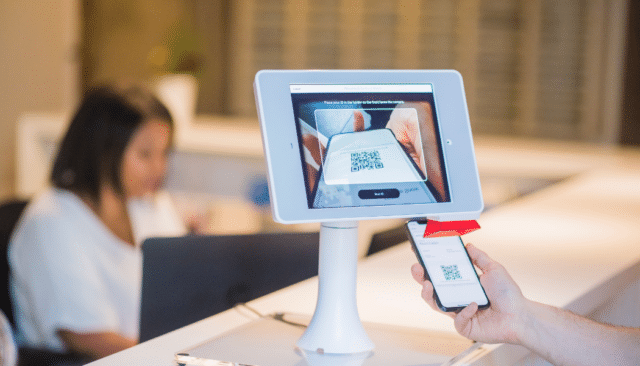The good news is, headless isn’t as puzzling as it sounds. If you haven’t wrapped your head around headless, this article shares how it works, why online retailers should consider implementing it, and what it means for creating better online shopping experiences.
What is Headless Commerce? How Does it Work?
Headless ecommerce is a type of application programming interface (API) that separates back-end technology from the front-end experience on an online store. But, when these two core components of a business are no longer connected, how do they “speak” to each other? When an update is made on a product’s price on an ecommerce platform, for example, is the change still reflected on the site?
Sue Hunter, VP of Strategy at CQL, shared her insights on headless technology during Searchspring’s Ecommerce Predictions for 2022 webinar, and explained that APIs and microservices are used as the primary mechanism for pushing data from the back-end to the on-site user experience.
Put simply, APIs are a set of functions that allow applications to access data and interact with external software components. Microservices, on the other hand, are a type of architecture that can use APIs to communicate. It may sound complicated, but the result is greater creative control over the front end of the store, increased agility, and the ability to push content to a wide range of touchpoints.
Three Benefits of Headless Commerce
1. Digital transformation
Digital transformation is a key focus for many retailers over the coming year. Headless plays a useful role in facilitating these plans. “We are seeing a lot of brands totally upgrading all their commerce technologies,” she says. “With headless, it can be less disruptive when you are switching out those back end technologies. The front end is more seamless, and less impacted by those changes. Headless also lets businesses change their technologies a little more gradually, rather than having to ‘rip and replace’ a lot of things all at once.”

2. Flexibility
Improved flexibility is another benefit of headless commerce. Not all brands fit the traditional retail model that many ecommerce platforms are designed to serve. Headless provides a way for these brands to better represent their business online.
During the webinar, Sue gave the example of PetSmart, which offers services like grooming, training, and pet boarding. “Traditional platforms aren’t going to support that kind of experience. (Headless) offers a solution to build out new experiences in a way that isn’t limited by a platform.”
For other brands, headless equips them with heightened control over their brand experience online. “Burberry is a really good example. They’re a global fashion brand, and they’re not going to let a theme or a platform constrain the way they go to market. Headless is a way to control every aspect of the interface and brand experience right down to the pixel,” says Sue.

3. Digital Touch Points
Another great things about headless is how it enables retailers to quickly access and deploy omni-touchpoints. “Digital touchpoints are exploding, and headless offers a path toward extending content and commerce functions into these new channels. Think in-store kiosks, in-store clienteling, IoT devices like watches and smart appliances; headless is best equipped to power commerce and innovation in these emerging channels. It’s very flexible and very scalable in that way.”





